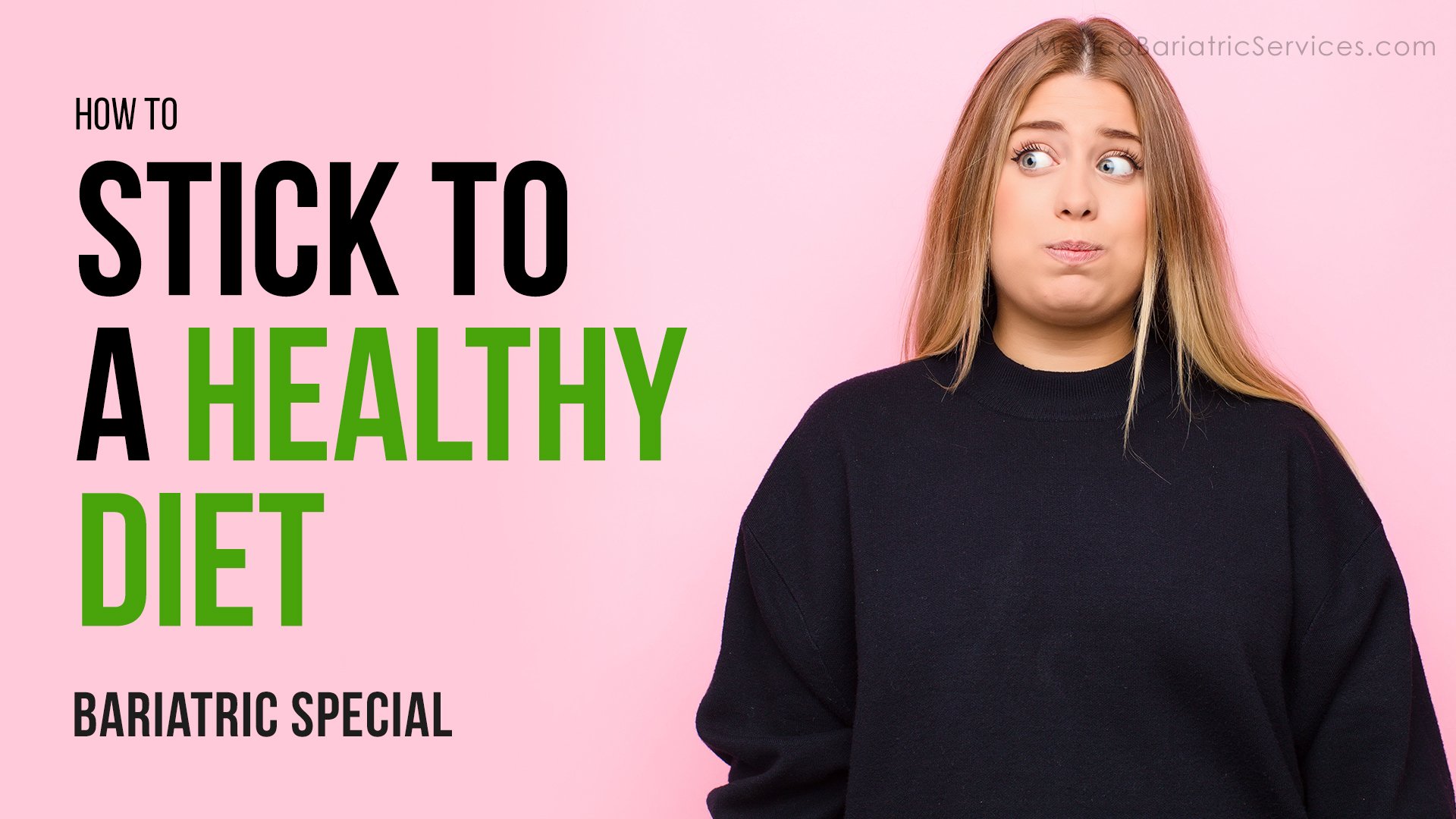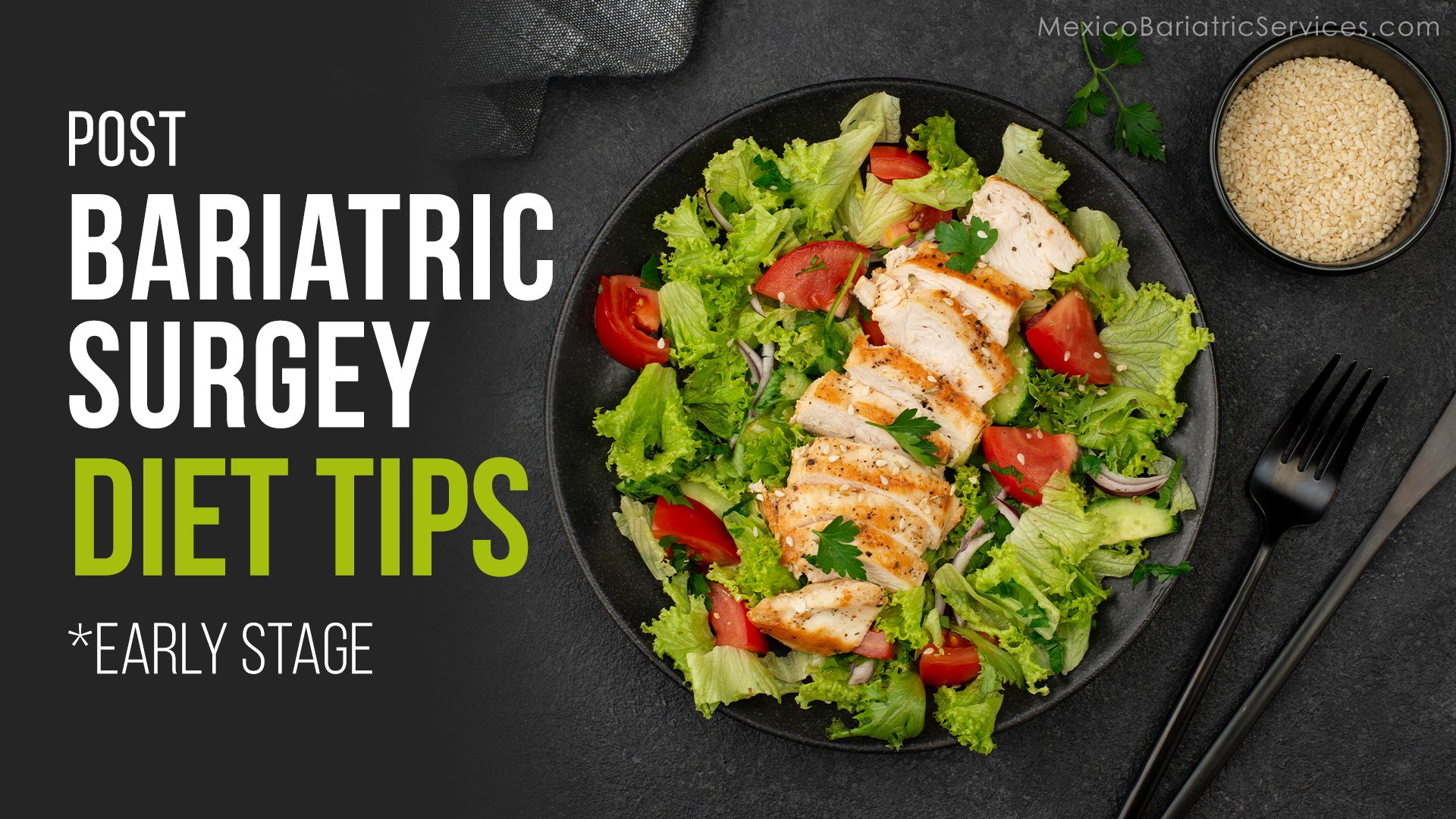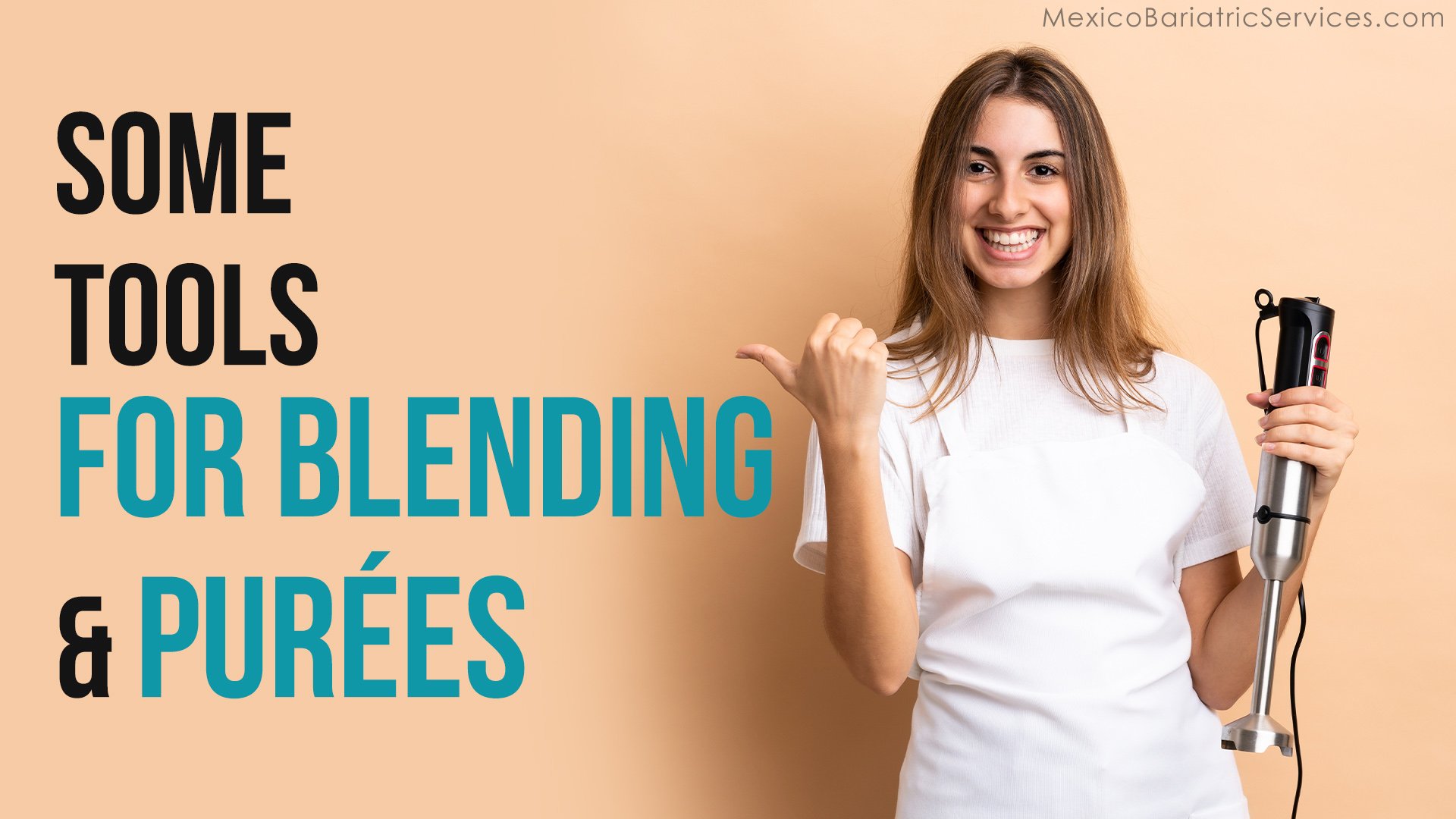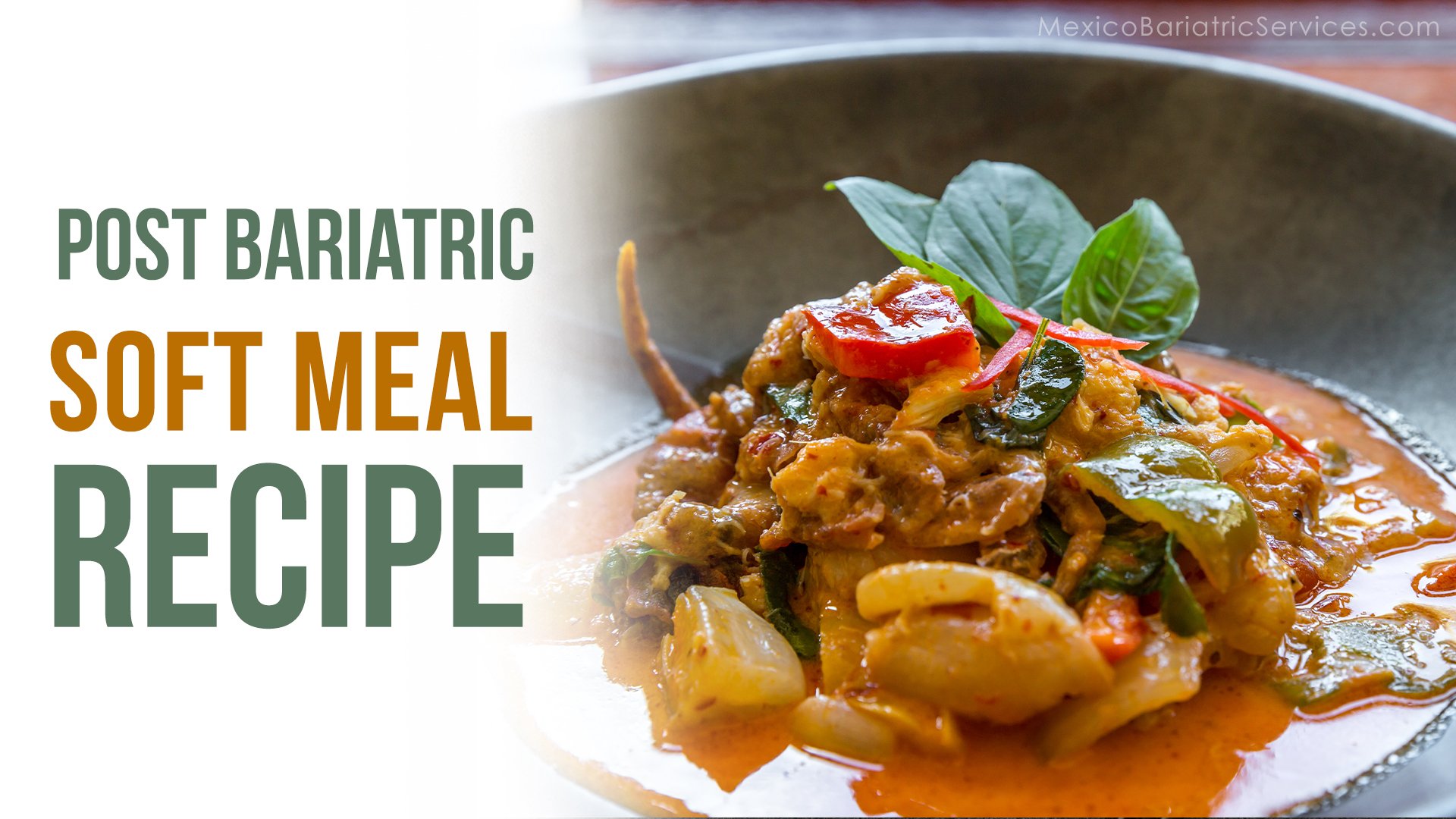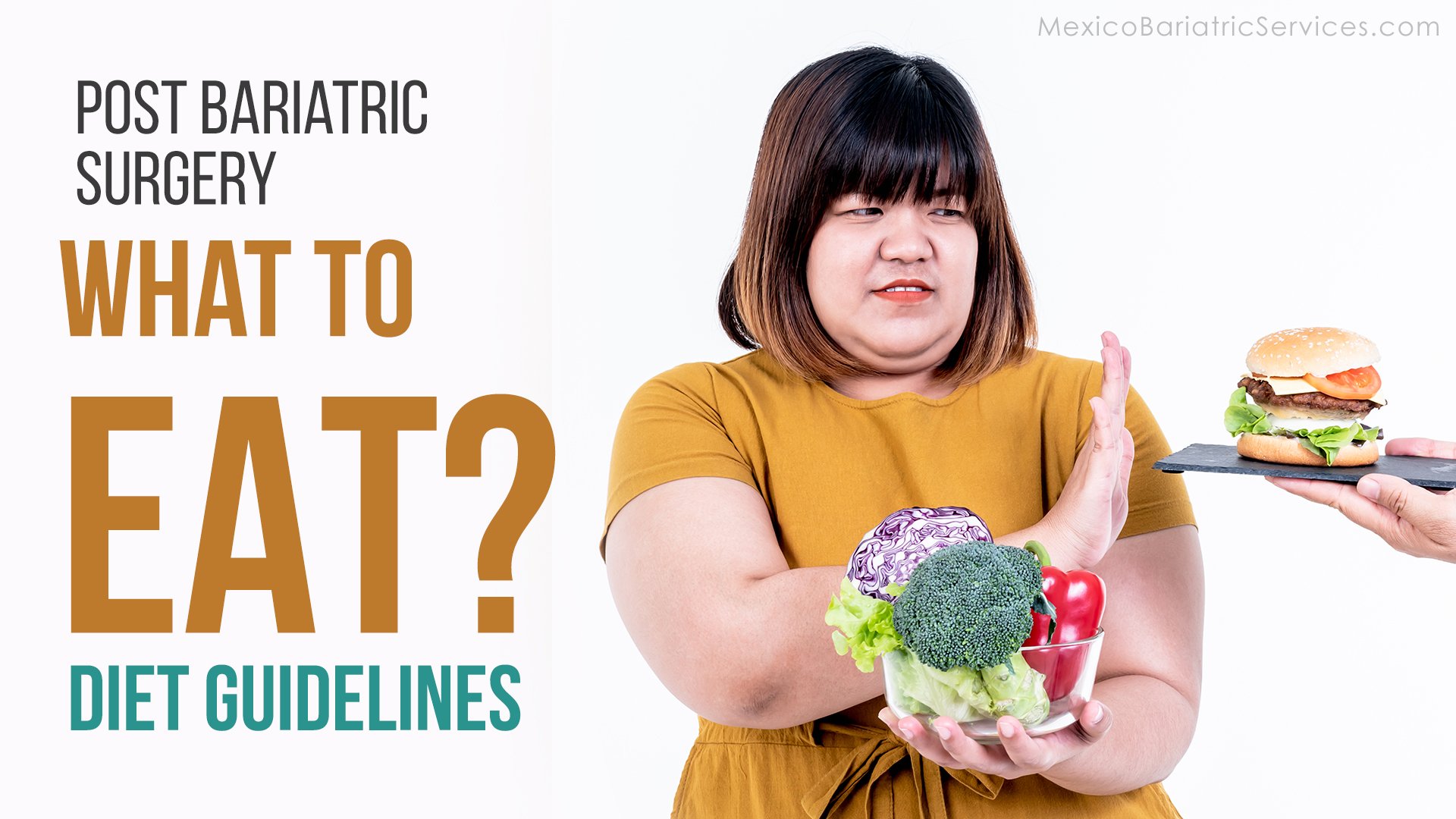Post-op Gastric Lap Band Diet
Medically Reviewed by Katelyn J. Mock, US-Registered Dietician (R.D.)
This surgery limits the amount of food a patient’s stomach can hold and thus helps you eat less and reduce weight. You will feel full soon and can begin your journey to a healthier version of you even sooner. There are certain rules that need to be followed for your surgery to be a complete success.
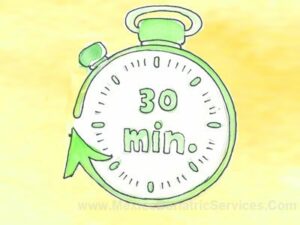
- The importance is to be given to liquid diets in the initial stages.
- After the surgery, the focus should be on low-calorie diets that have minimum fats, carbohydrates, proteins, and sugars.
- It is important to eat well-balanced meals and small portions throughout the day.
- Eat slowly and chew your food until it is mushy to avoid any discomfort.
- Keep a gap of at least 30 minutes between meals and drinks.
Video: How to Stick to a Healthy Diet After WLS
Nutrition and Healthcare Guidelines after Lap-Band
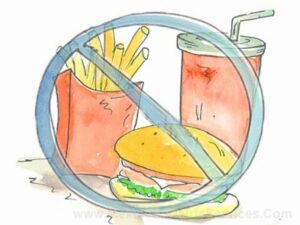
- It is important to follow the directions laid down by your physician post-surgery.
- Avoid stretching the stomach; eat a limited amount of food and stop as soon as you feel full.
- You will need to set times for liquid and solid meals throughout the day.
- Hydration is important and for that drinking, liquid in between meals is advised; avoid high-calorie drinks such as carbonated beverages, beer, sodas, milkshakes and the like.
- Avoid eating in between meals for successful weight loss and eat slowly at meals; aim for no more than two bites per minute.
- Eliminate junk food from your diet completely.
- Add a mild workout regime to your daily schedule and increase the intensity gradually as you gain stamina.
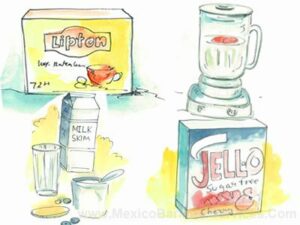
Enjoying the Hospital Menu
- Your diet right after the surgery will consist of only clear liquids, with only 2-3 ounces per meal.
- Drinks that are low in calorie are preferred.
- Avoid alcohol and caffeinated fluids.
Bringing the Menu Home – Weeks 1 and 2
- The liquid diet is to be continued at home and consists of thin liquids and eventually full liquids, such as high protein smoothies and protein shakes.
- Fluids such as clear broth, unsweetened juice, skim milk, decaffeinated coffee or tea, and sugar-free gelatin should be included.
- By the second week, begin drinking low-fat milk, yogurt, smoothies, and protein shakes.
Video: Early Post-Surgery Diet
Pureed Foods – Weeks 3 and 4

- During this phase, pureed or mashed foods like potatoes without skin are added to the diet.
- Soft proteins such as lean meats, eggs, fish, beans and cottage cheese are also healthy options.
- Soft fruits, cooked vegetables can also be consumed.
- Liquids such as water, juice, milk and clear broth can be used to blend solid foods.
- Do not eat and drink at the same time.
- Add spicy food and dairy products to your diet slowly and in small portions to avoid upsetting your digestive system.
Video: Tools for Blending and Purees
Soft Foods – Weeks 5 to 7
- After getting your physician’s approval, you can switch to soft, moist foods including meats and fish.
- You can add canned or soft fruit to the diet. Avoid fresh fruit with the skin or seeds.
- Soft cooked vegetables are another good choice. Remove hard or fibrous skins, stems, seeds, etc.
Video: Making Soft Meal after WLS
Solid Rebound – Week 8 Onwards
- Gradually return to solid diet with regular food items like fully cooked and well-diced pork, chicken, turkey, beef, etc.
- Take raw fruits and vegetables that are sliced into small pieces and chew them well.
- Eat foods that are high in protein and drink a cup of milk between meals to accelerate healing.
Steer clear of your old eating habits!

Taking It Slow – Foods to Beware Of
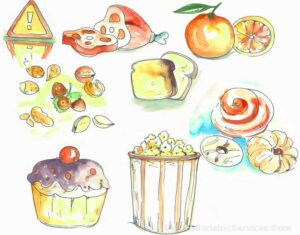
There are some foods that are to be avoided until your system recovers completely. Add these foods to your diet carefully as they may cause discomfort and vomiting in some cases.
- Tough or red meats.
- Membranous fruits such as oranges, passion fruit, grapefruit, etc.
- Nuts and seeds, popcorn, dry fruits.
- Avoid bread, granola, and fried foods.
- Drinks that are carbonated or have a high concentration of sugar are to be avoided.
- Junk foods like doughnuts, pastries, puddings, cakes and ice cream are also to be eliminated from your diet.
- Alcoholic drinks should be avoided at all costs.
- Be cautious with fibrous vegetables like celery, cabbage or broccoli; while they are healthy choices, some individuals do not tolerate them well.
A Healthy New Diet – A Healthy New You
As your stomach continues to heal, you should be able to tolerate more and varied foods that were initially upsetting or intolerable. You should be able to see a stark difference in your appetite and overall health as you persist with a healthier diet and lifestyle.
This Post Addresses
- What is the average weight loss with lap band surgery?
- What foods can you not eat after gastric bypass surgery?
- What foods to avoid after lap band surgery?
- What is the recovery time for a lap band surgery?
- How much do you have to weigh for the lap band surgery?

